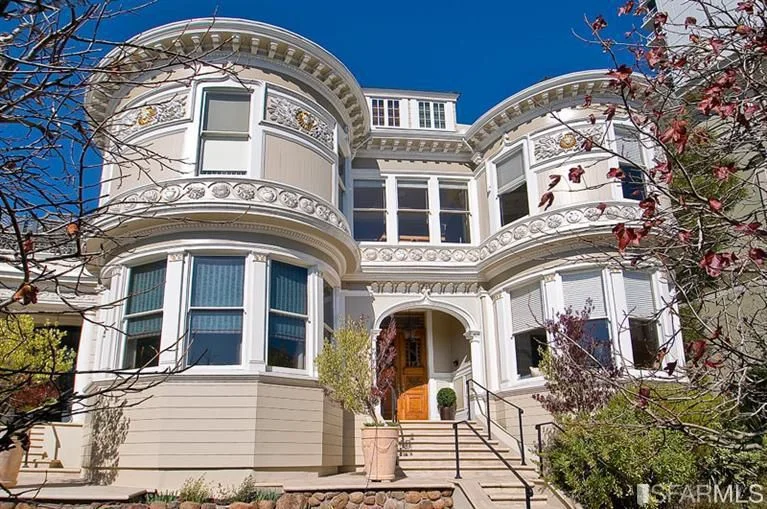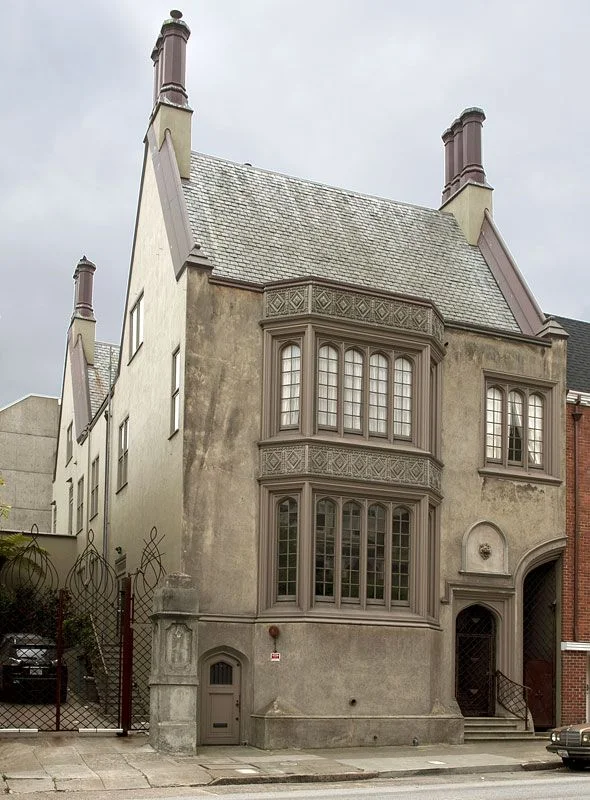Investing in Real Estate with Your IRA
/Real estate can fund your retirement—but brace yourself for lots of risk and rules.
Self-directed individual retirement accounts allow people to diversify their investments into assets other than the traditional stocks, bonds and mutual funds that make up most retirement plans. Examples of alternative investments include real estate, precious metals and oil and gas holdings. The catch: The IRS requires a qualified trustee or custodian to administer the assets, such as handling transactions and managing paperwork and reports. So far, only about two dozen companies in the U.S. can act as custodians of self-directed IRAs.
One of these is Advanta IRA, a self-directed retirement plan administrator in Largo, Fla., which oversees about $820 million in assets. “A lot of our clients are already real-estate investors, so their IRA is simply a new source of capital,” says Scott Maurer, director of business development for Advanta IRA. “And for others, they don’t like being at the whim of the stock market.”
At Advanta, investors open an account, fund it by transferring cash from an existing IRA, and then identify the property they wish to purchase—which typically is a single-family house that will be rented out. Advanta purchases the property on behalf of the investor’s IRA. Nearly all the transactions are cash deals, bypassing mortgage lenders. Rental income from the property is remitted to Advanta, which also pays the bills for the property. The cost for this service: about $200 to open the account and purchase the property and then a flat $295 a year to manage the account. (The company doesn’t handle property repairs or maintenance, tasks typically performed by a property-management company.)
The rules governing real-estate IRAs are anything but simple. IRA owners are forbidden from engaging in certain transactions regarding the property. Even something as simple as mowing the lawn of a property you own in an IRA can run afoul of IRS regulations—and render the account owner susceptible to losing the IRA’s tax-favored status, which could trigger taxes and penalties. That’s because IRS rules require contributions to an IRA to be made in cash, not in services, Mr. Maurer says. In fact, the U.S. Government Accountability Office issued a report on retirement security last month and stated that “people who invest their retirement accounts in unconventional assets—such as real estate or virtual currency—may be placing their savings at risk.”
Bob Starks has been purchasing real estate for his IRA since 2009. “I do have some stocks and bonds, but 80% of my IRA is in real estate,” says Mr. Starks, a commercial real-estate agent in Duluth, Ga., who owns five rental houses and a small apartment building. He’s also flipped over 20 houses through his IRA.
Since Mr. Starks is 71½ years old, he’s now required to take required minimum distributions of his retirement funds, so he’s tapping his rental income.
JUMBO JUNGLE TIPS
Here are some things to consider when creating a real-estate IRA. Consult a tax professional or financial adviser for the finer points of self-directed plans.
• Not for everyone. “There are plenty of easy opportunities to invest in real estate using mainstream methods like mutual funds or real-estate investment trusts,” says Mari Adam, a certified financial planner in Boca Raton, Fla. “It only makes sense to do direct real-estate investments if you’re a seasoned pro and are convinced the project you’re investing in is an absolute winner.”
• Hire a property manager. The best way to ensure that you comply with applicable landlord-tenant laws and avoid prohibited transactions is to hire a third-party professional to manage the properties in your IRA. Expect to pay a commission equal to the first month’s rent and 6% to 10% of the monthly rent thereafter, says Mr. Starks.
• Distribution options.Some investors take distributions from their real-estate IRAs “in kind,” by having the account administrator actually deed to them a percentage of the property, according to Jason Craig, president of the Entrust Group, a self-directed IRA administrator in Oakland, Calif. “For example, I can take out a 10% distribution and then re-register the asset so my IRA owns 90% and I personally own 10%,” he says.
By Robyn A. Friedman
Originally Published in the Wall Street Journal


























